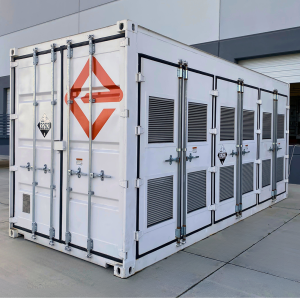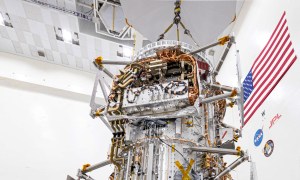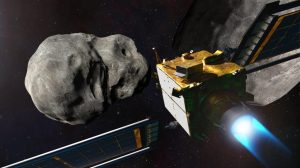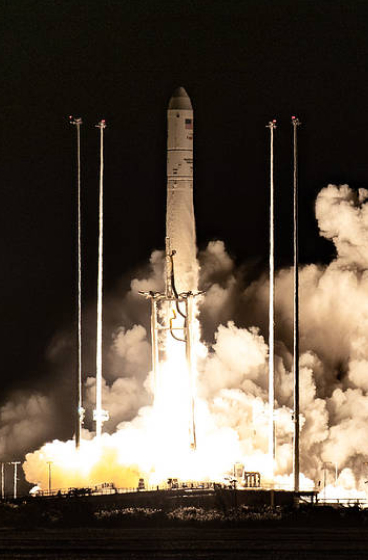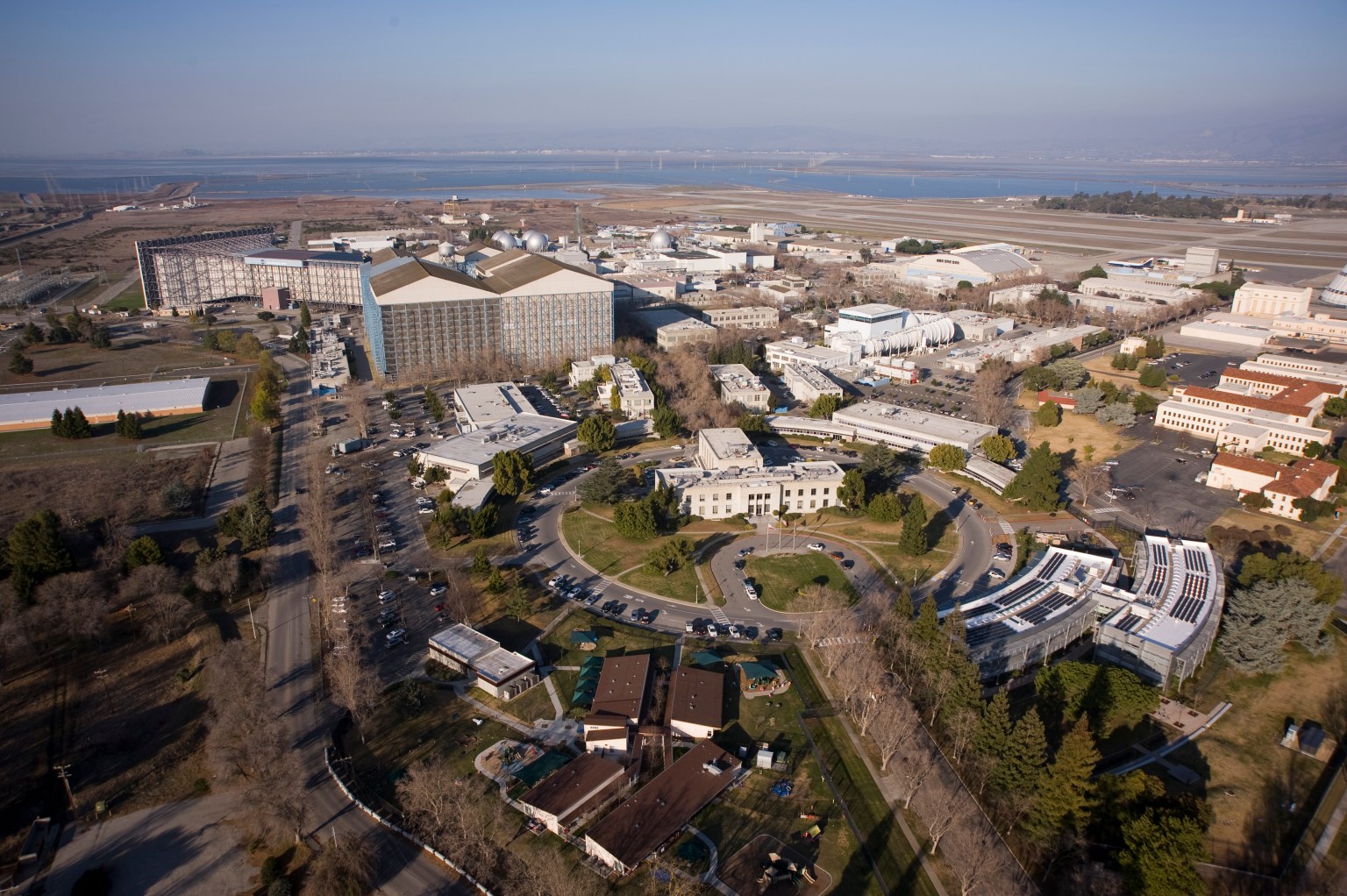NASA Technology Enables Leaps in Artificial Intelligence
- NASA’s Ames Research Center played a crucial role in developing Machine-to-Machine Intelligence Corp.’s (M2Mi) artificial intelligence technology, which enables automated, secure communications between satellites and ground-based computers.
- The technology, known as root cause analysis, allows networks to identify their own issues and fix themselves, making it a key component of M2Mi’s M2M Intelligence software.
- M2Mi has successfully implemented this technology in various industries, including transportation logistics, with companies like M2M Wireless and TriGlobal using the platform for their operations.
- The company’s M2M Intelligence software performs secure, resilient, automated communications across hundreds of networks, connecting thousands of devices in over 190 countries.
- NASA’s support for M2Mi has enabled emerging industries to rapidly develop technologies that enhance our lives, demonstrating the potential for technology transfer and spinoffs from NASA research.
2 min read
Preparations for Next Moonwalk Simulations Underway (and Underwater)
Artificial intelligence (AI) is advancing rapidly, as intelligent software proves capable of various tasks. The technology usually requires a “human in the loop” to train it and ensure accuracy. But long before the arrival of today’s generative artificial intelligence, a different kind of AI was born with the help of NASA’s Ames Research Center in California’s Silicon Valley — one that only exists between machines, running without any human intervention.
In 2006, Geoffrey Barnard founded Machine-to-Machine Intelligence Corp. (M2Mi) at Ames’ NASA Research Park, envisioning an automated, satellite-based communication network. NASA Ames established a Space Act Agreement with the company to develop artificial intelligence that would automate communications, privacy, security, and resiliency between satellites and ground-based computers.
Central to the technology was automating a problem-solving approach known as root cause analysis, which NASA has honed over decades. This methodology seeks to identify not only the immediate cause of a problem but also all the factors that contributed to the cause. This would allow a network to identify its own issues and fix itself.
NASA Ames’ director of nanotechnology at the time wanted to develop a communications network based on small, low-powered satellites, so Ames supported M2Mi in developing the necessary technology.
Barnard, now CEO and chief technology officer of Tiburon, California-based branch of M2Mi, said NASA’s support laid the foundation for his company, which employs the same technology in a ground-based network.
The company’s M2M Intelligence software performs secure, resilient, automated communications on a system that runs across hundreds of networks, connecting thousands of devices, many of which were not built to communicate with each other. The M2Mi company worked with Vodafone of Berkshire, England, to build a worldwide network across more than 500 smaller networks in over 190 countries. The companies M2M Wireless and TriGlobal have begun using M2M Intelligence for transportation logistics.
With NASA’s help, emerging industries are getting the boost they need to rapidly develop technologies to enhance our lives.


